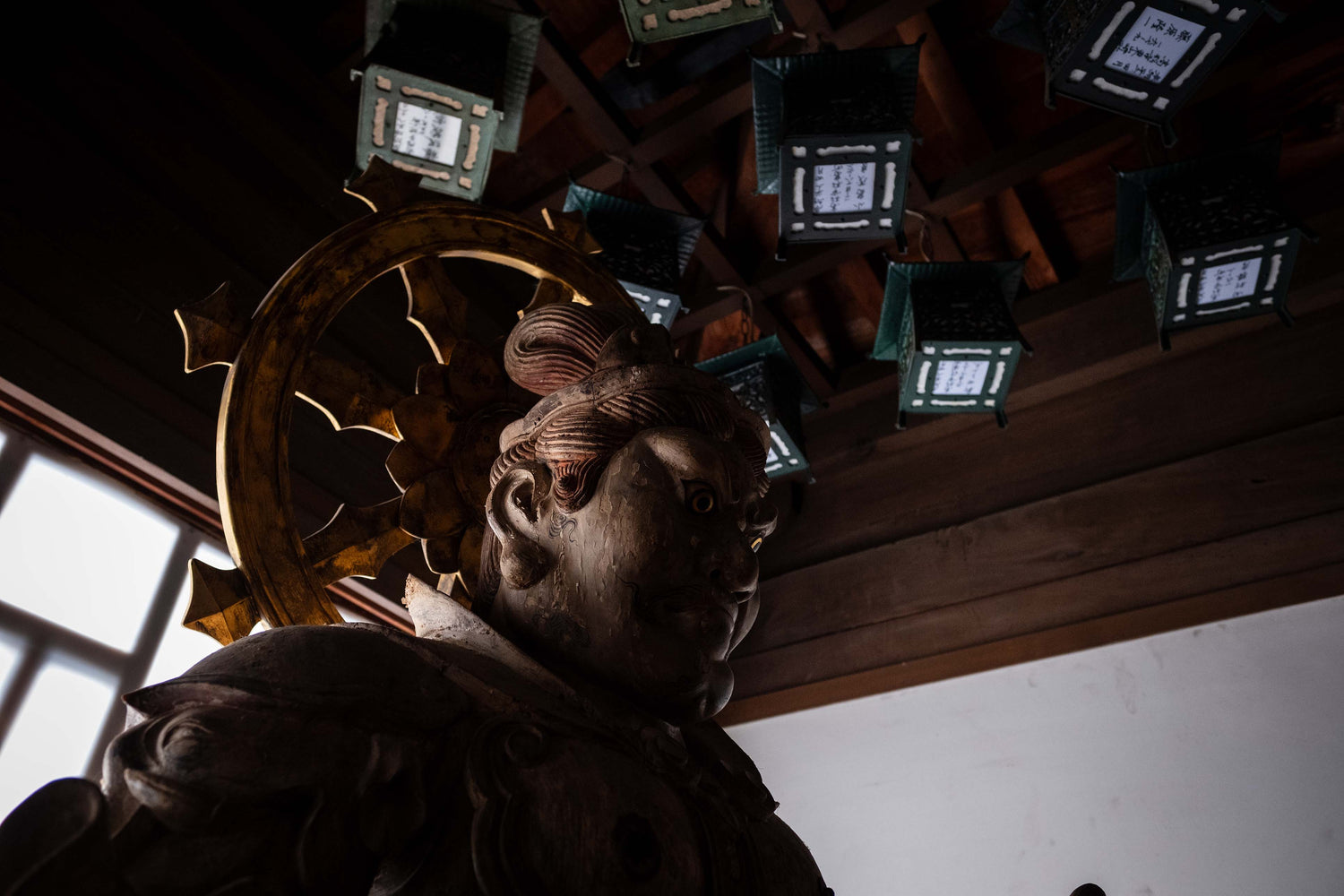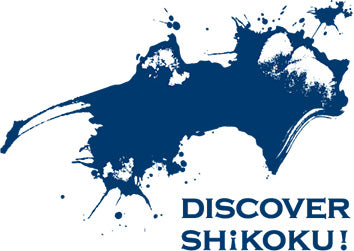The Seto Inland Sea stretches from the narrow straight of water separating Honshū and Kyūshū to the west, all the way to the forested hills and mountains of the Kii Peninsula in the East where the raging currents of the Pacific begin to mingle with the gentle flow of the Seto Inland Sea’s brilliant blue waves.
The Seto Inland Sea imparts an almost Mediterranean feeling to the region separating Northern Shikoku from the mainland. And from this mild climate grew a rich culture of stone-working, soy-sauce and salt production, fishing and later on the widespread cultivation of citrus fruits and olives in addition to the emergence of an avant-garde art scene.
The Seto Inland Sea is perhaps most famous for lapping the sandy beaches of places such as Shōdoshima, Naoshima, and Teshima where this culture is most evident. However, also hidden beyond the sandy shores of more well-known locales amid the stunning azure waters of the Seto Inland Sea are smaller, lesser-known islands suspended on the edges of the blue horizon which simply go by unnoticed by many. Yet, these lonely shores are often accessible via boat or other water craft which allow access into an entire world of blue sea and sky which has somehow been squeezed into the cerulean haze just off the coast of this place we call Shikoku.
Disappearing into the Morning Mists
The Seto Inland Sea seems to spread out infinitely into the distance from the port in Uno Town, a small seaside community reflecting the typical culture of coastal Okayama. The calm waters catch the winking specks of early morning sunlight as it struggles to punch through the clouds and salty haze and this rolling expanse of misty blue water seems to come under the auspicious gaze of “Chinu” a massive statue of a Sea-Bream that serves as a mascot/warden of the town.
Chinu himself is striped in rainbow colors formed entirely out of trash and other thrown away objects presumably plucked from the surrounding area. The lines of color on the massive fish’s body are impressively arranged and include buoys, cracked hose, torn tarp, construction helmets, at least one golf club, and hangers amongst other bits of refuse. Despite the mishmash nature of the sum of Chinu’s parts, everything hangs together in some sort of chaotic harmony and the impossibly bright colors of trash forming the massive fish form are surely some proof that the good and beautiful can arise from the ugly and bad.
At the narrow strip of port, the sound of boats piloted by old men fishing is heard and they can be seen in the distance lazily weaving foamy trails into the water as seabirds eagerly watch from afar while bobbing up and down with the subtle flow of the morning waves. Yet, for travelers in the region a catamaran style yacht is used. Suitably equipped, the vessel evokes the familiar comforts of stepping in the parlor of a favorite aunt which invites the pleasant crescendo of friendly conversation amongst travel companions punctuated with the warm, dark scent of freshly brewed coffee spiced with the salt air.
And as the skillful hands of the captain points the ship’s bow toward the mists and clouds mingling on a horizon which seems impossibly far away to the south towards Shikoku, the mainland, Uno Town, and Chinu disappear behind the boat amid the morning mists.
The World of Blue Sea and Sunlight
On the open water the hum of the boat engine stands in contrast to the silence of the sea. Surrounded by misty foothills of distant islands and witnessing the white swell between the rocky crags scattered along shorelines one feels as if they have stepped into a hazy dreamworld as the dimly sapphire hued water of the sea begins to reflect the world all around like an impressionist’s painting.
Crossing the sea brings travelers past the known and unknown islands dotting the waters and it is interesting to imagine what lies beyond stretches of rocky, sandy beach. It is a delight as well to pass by more well-known islands while trying to peek past the shoreline. To see the towering, steeple-like remains of Inujima’s copper smelting facility emerge from the sea mist over the distance of stunningly blue water or to see the hills of Teshima or Naoshima knowing the artistic treasure-trove that lies within is an intriguing experience. And viewing these islands from the outside puts them into some kind of a new perspective and certainly leads to a greater appreciation for the art and culture hidden within.
The journey remains visually stunning as the catamaran glides over the rise and fall of glittering spots of scattered sunlight captured by the water on its course towards islands that exist largely without human habitation. And it is interesting to consider how people managed to exist in the region before the advent of more modern water craft given the remoteness of some of these specks of land that are dimly visible in the distance against a towering wall of blue sky. Yet when finally approaching these forlorn locales, they seem to rise suddenly in an inviting way; welcoming visitors like a massive verdant topped wave of stone and sandy beach.
Despite the remoteness of some of these islands, they have been maintained and well-cared for and are a delight to visit. Lodgings, meal arrangements, and other forms of leisure are all possible to enjoy and come with the added pleasure of private travel away from the clamor of more crowded or touristy venues.
It is an opportunity for some kind of rest and even reflection surrounded by a place steeped with the sun, sea, and salty breeze of the Seto Inland Sea—the simple pleasure of taking the world in exactly as it is even if just for a moment.
Yet, as pleasant as these amenities may be, they still rise and fall, come and pass, just like anything else amid the seemingly limitless but particular beauty of the everchanging waves and coastline of this place we call Shikoku.
Written by H.Sapochak
Photos by Pierre Verney

Hōnenji: Temple of Living Buddha Mountain
The town of Busshōzan seems to rise from the surrounding fields in an almost casual kind of way and the meandering Shōwa Era streets and alleys stand in some sort of juxtaposition to the concrete-framed corporate culture of Takamatsu City to the north. Literally meaning, “Living Buddha Mountain” the town might be forgotten were it not for the popular Busshōzan Onsen which opened only as recently as 2005.
In partnership with Discover Shikoku!
-
 Disover Shikoku
Disover ShikokuWelcome to Japan's most creative and bespoke travel experience, Discover Shikoku! We are a regional destination management company covering the mystical island of Shikoku, the Seto Inland Sea, and the coastal regions which surround it. If you're in search of a one-of-a-kind handcrafted travel experience fully tailored to your expectations then welcome home... We've got just what you're looking for.

















